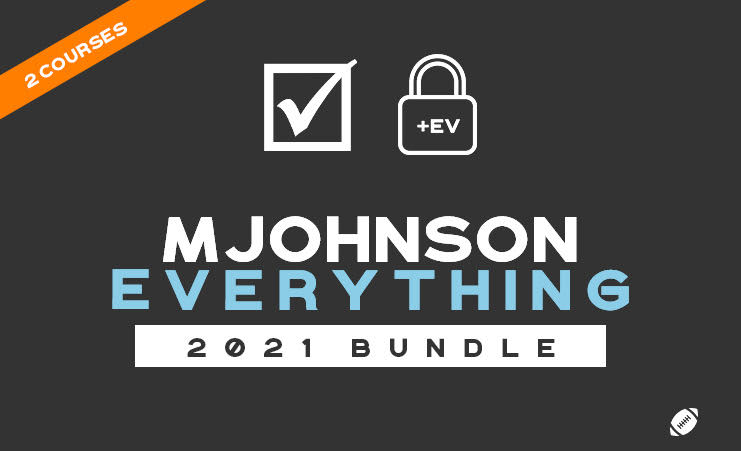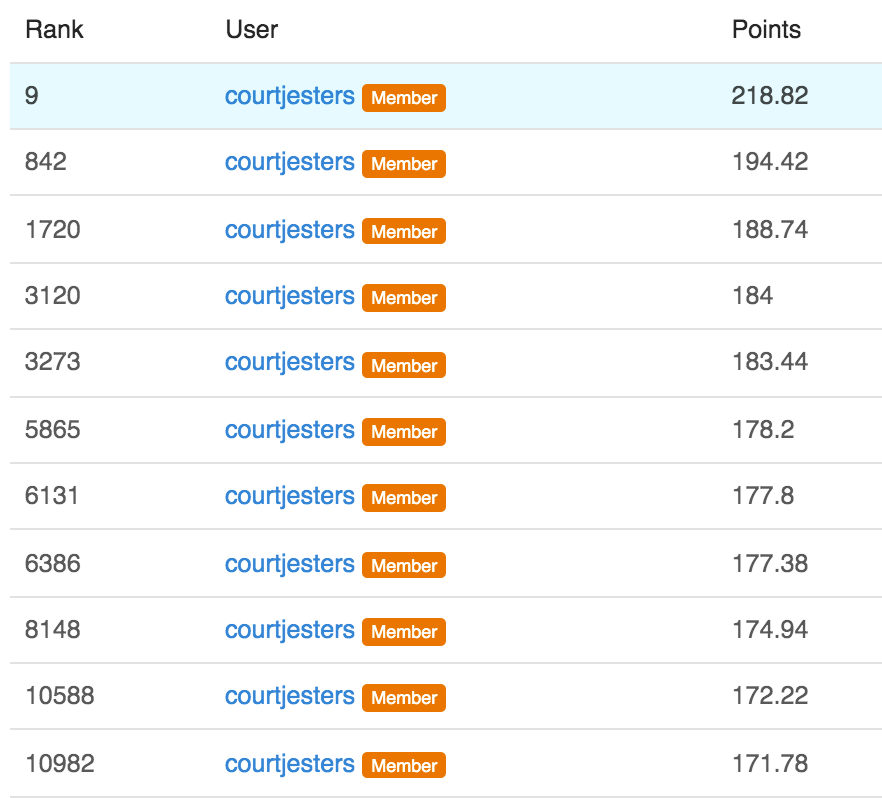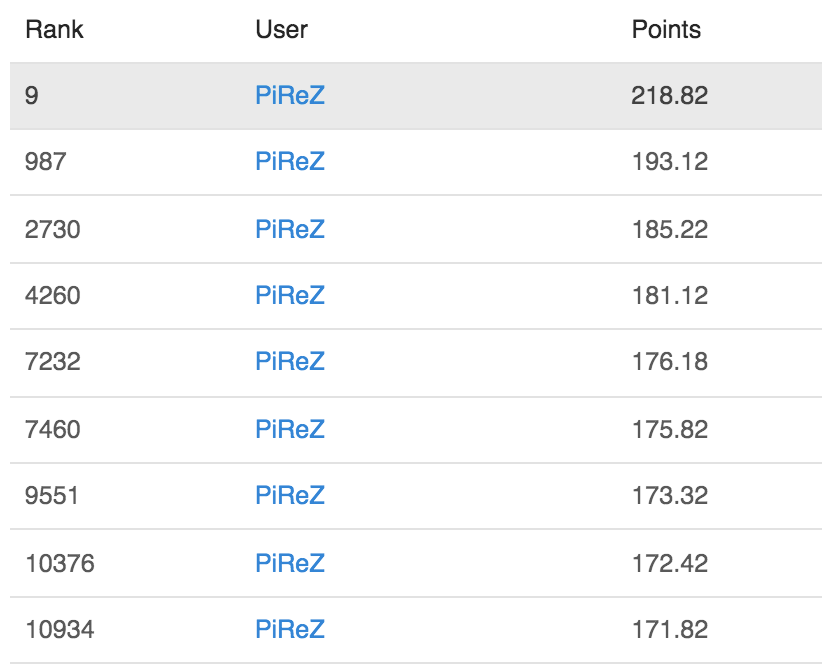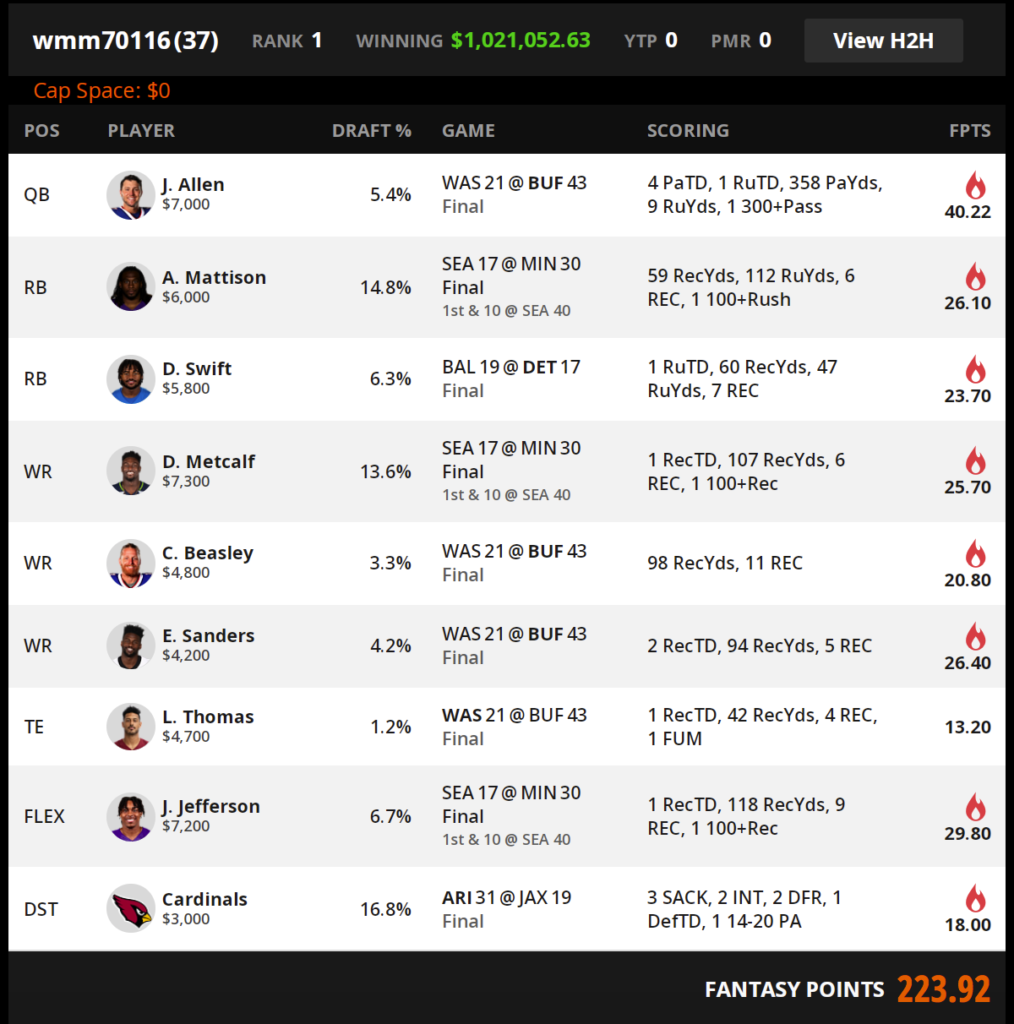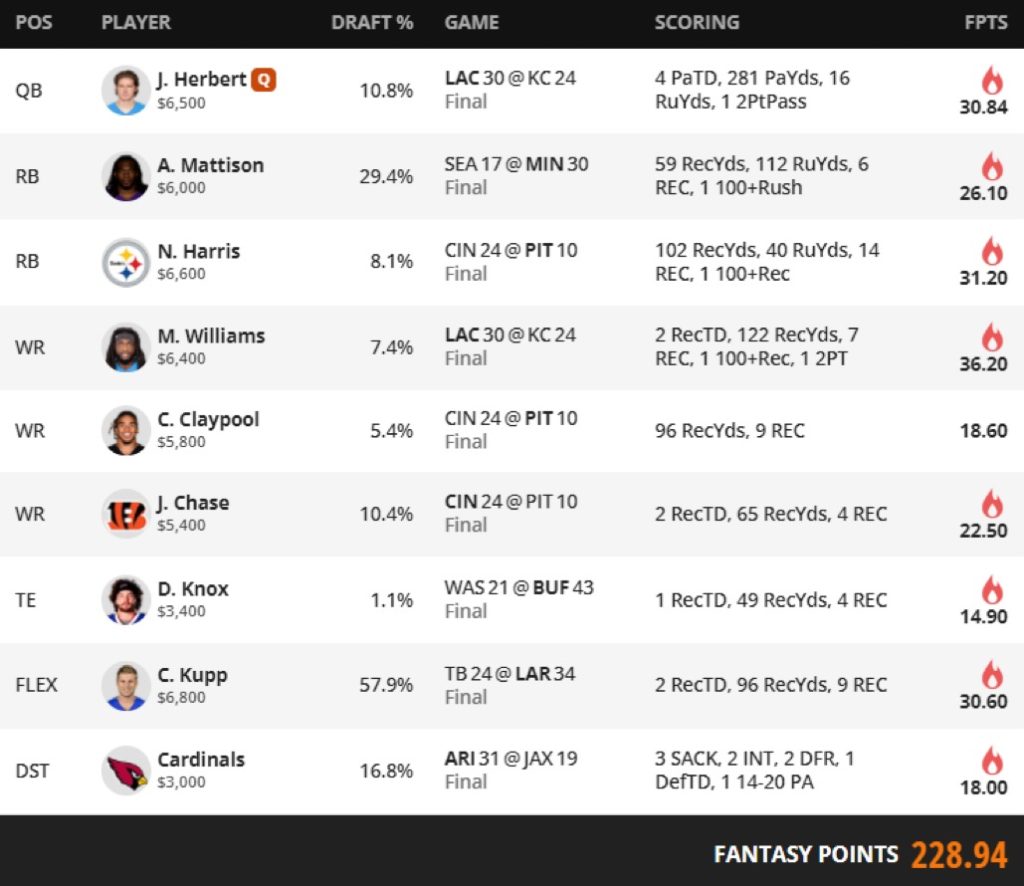Published Monday Afternoon
Why does Vegas set lines? What is their goal? Well, Vegas sets lines in an attempt to get exactly half of the action on each side of every line they post. In this case, they take the rake, guarantee a profit, and move on. So, does that mean Vegas lines are perfectly set? Furthermore, does it mean they are always perfectly set early in the week? No! Every week this season (starting Week 2), we’ll be jumping into early-week betting line inefficiencies to take advantage of before they move. This line movement can be caused by a number of factors, but the primary reasons for movements after initial line release are public sentiment and recency biases (shark money typically doesn’t come in until later in the week, when bettors have more complete information). With that, let’s jump in!
Hook & Magic Spreads
This week I want to quickly define and describe the importance of the “hook,” which I have referred to multiple times thus far. In sports betting, the hook is a half point added to a game total or spread. What this is designed to do is force action to land on either side of the line. It is both a psychological tool used by odds makers as well as a tool to increase house edge. The other premise regarding lines and odds we should discuss prior to moving forward is the idea of “magic spreads.” In football, magic spreads land in two distinct ranges: 2.5-3.5 and 6.5-7.5. Why is this a “magic spread,” you ask? Well, the two most common margins of victory congregate around the two most likely ways of scoring points in football – a field goal and a touchdown plus extra point. Let’s take a look at the numbers when these two ideas are combined. When a hook is added to a magic spread, the value of the hook is approximately equivalent to 4.5% of the value of the bet in the casino’s favor. In every other case, the value of the hook is approximately equivalent to 1.8% of the value of the bet in the casino’s favor. In other words, a hook on a line landing in the 2.5-3.5 or 6.5-7.5 range is worth 3x as much to the casino as all other lines put together. That is extremely valuable for us, as bettors, to understand as we hunt for +EV scenarios!
Author’s Note: I typically write this late on Sunday night but decided to wait until Monday morning this week as there were multiple lines that I wanted to let settle overnight before writing it up.
+EV LINES::
SEA (+3.5) @ SF
That hook, man. It is extremely important for betting, and we get the hook in our favor through the Seattle side of this game early in the week. We saw the state of the Niners secondary last night on national television and the Seahawks have the tools to take advantage. But the hook is almost 80% of what matters here, with the contest between two divisional opponents fighting to keep pace with the Rams and Cardinals (each 3-0) in the NFC West. From an EV perspective, this line is highly unlikely to move in favor of San Francisco, so taking Seattle with the points (particularly the hook) is a +EV early week wager.
TB (-6) @ NE
Another case study revolving around the hook. We explored the meaning of the hook residing within the two magic spread ranges up top. This line, if it moves, is likeliest to move in favor of the Buccaneers as the week progresses. Thusly, it would move in favor of the casino at magnitude of 3x. This makes taking the Bucs before that happens a massively +EV wager. One additional note: this game is going to be highly polarizing this week simply for the fact that we can expect there to be a ton of national attention with the added storyline of Tom Brady returning to Foxborough. I wouldn’t be surprised to see this line ebb and flow right up until lock.
CAR @ DAL U 50.5
The Panthers have surrendered 10 points per game over the first three weeks of the season; they have ceded the third best completion percentage against at 57.47%; and have ceded the third shallowest yards per completion in the NFL at 8.8. They also lost running back Christian McCaffrey for the foreseeable future with a hamstring injury. Yes, they still have talented playmakers on the offensive side of the ball, but the injury to CMC makes this offense much more one-dimensional. So, to me, this game total is built to suit public perception surrounding the Cowboys much more than it is taking the state of the Panthers into account. It is likely we see this line move lower throughout the week as the public catches up.
HONORABLE MENTIONS::
HOU @ BUF U 48
Same story as last week with the prevailing trend of the honorable mentions. Large game totals mixed with large spreads historically play to the under with greater frequency than the over.
KC (-6.0) @ PHI
Another one to think about prior to the favorite adding the hook.
JAX @ CIN U 46.5
This one plays off public perception and recency biases. In my opinion, the public has been slow to accept a couple of changes from the Bengals. First, their early season situation-neutral rush rates are rivaling the Ravens for tops in the league, even with a poorly graded run-blocking offensive line. Secondly, their situation-neutral pace of play is below average (22nd). And finally, their defense is playing surprisingly well to start the year (18.0 points allowed per game). With the dysfunction and mediocrity that the Jags bring into Cincinnati, expect the Bengals to control the pace, tempo, and script here.
